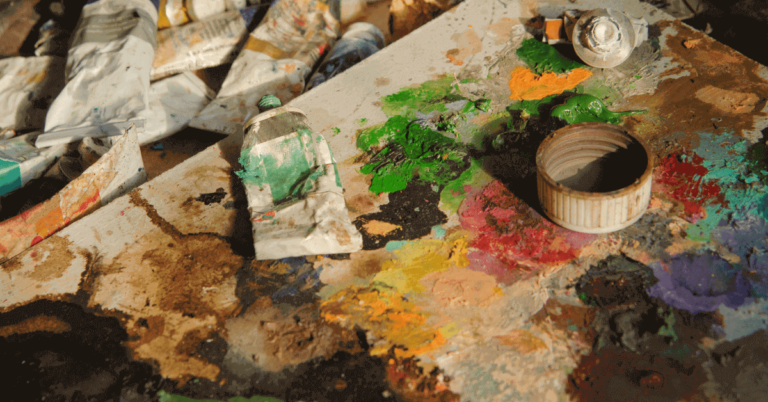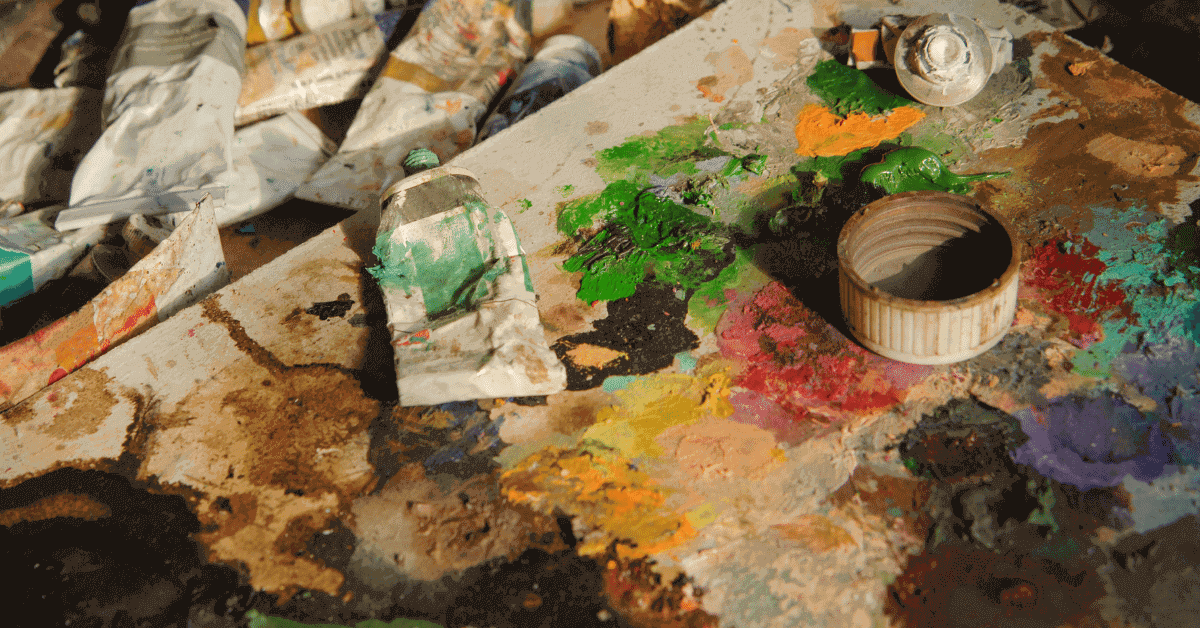
The Arts and Crafts movement was a worldwide movement of decorative arts that started in the British Isles and spread across the British Empire and America. Many examples of craftsmen’s work are shown in museums and are worth a visit. The Arts and Crafts movement is one of the most recognizable and well-known styles of artwork. This style is unique to Britain, where it first developed. Today, you can find arts and craft paintings from a variety of countries.
The Arts and Crafts movement is an artistic and social movement that arose during the mid nineteenth century. It was a reactionary art movement that advocated social reform. The most prominent Arts & Crafts figure was William Morris, who was a socialist and founded the Socialist League in 1884 to promote a worldwide workers’ revolution. Morris also lectured around the UK and wrote a socialist newspaper, although his political views were not well-known at the time.
While the Arts and Crafts movement was a reactionary one, it also advocated for social change. The most important figures of this movement were the artists and social reformers William Morris. As a staunch socialist, Morris started the Socialist League in 1884 to promote a workers’ revolution. He traveled around the UK giving lectures and edited the paper for the group. The reputation of his work as a poet preceded his political ideas.
Arts and Crafts paintings can be classified as either abstract or representational. Usually, they can be found in the American West. However, if you have never seen an Arts And Crafts painting before, you may want to start by looking at others in the style. The more you see, the more you will understand it. Its distinct aesthetics, design, and narrative are distinctive from other styles, which make it a popular choice for artists.
The Arts and Crafts movement derived from the ideas and methods of the British artisans. This movement incorporated handcrafted wood, pottery, stained glass, and other materials. Its founder, William Morris, popularized the bungalow style. In the United States, the style was largely accepted in the late 19th century. While many artists considered it a “modern” style, it is often viewed as an imitation of medieval life.
The Arts & Crafts movement began in the mid-19th century in Britain and spread throughout the world. Its founder, William Morris, conceived the Arts and the Industrial Revolution in 1888 and began the movement. The Society’s first exhibition in 1889 was held at the New Gallery. The aim of this society was to reject the distinction between decorative and Fine art, to allow the worker to earn the title of an artist. Works by Morris & Co. contributed to the success of the movement.
The Arts and Crafts movement is best known for their use of handicrafts. Initially, this style was a reaction to the mass-produced goods of the time. Its ethos was to emphasize the beauty of things. By incorporating the past into the present, it became more relevant than ever to the society in which it was created. This style re-invented the past and aimed to bring it back to life.
The Arts and Crafts movement was a highly visible movement in the United Kingdom. The Movement’s supporters had a common goal: to promote traditional handicrafts and create affordable art for all. They sought to make things more accessible to the masses, which was why these artists were given the opportunity to sell their goods in the shops. A major advantage of this type of art was the ability to reach a wider audience. The Arts and Crafts movement influenced all types of people in different societies, including those in other countries.
Despite its popularity in the United States, the Arts and Crafts movement was not as widely popular in rural areas. The movement grew in the 19th century, but many of its participants were socialists. In contrast to their urban counterparts, these artists were not part of the Communist Party, but rather were members of the Communist Party. Some even saw it as a symbol of the movement’s progress. There are many ways to see the Arts and Crafts movement.
Arts and Crafts Paintings
The Arts and Crafts movement, which began in the British Isles, was a global trend in decorative arts. The movement was most prominent in Britain and spread to the rest of the British Empire, Europe, and America. It was especially popular in Britain. Artists who worked in the style referred to it as ‘the New English’, and many of their works have become highly regarded. There are now hundreds of Arts and Crafts paintings and works of art on display.
The first Arts and Crafts painters were highly regarded in their field. However, the movement’s impact was diluted, and a wide variety of styles emerged. In the 1890s, the style became more diffuse and less specific to the English. It eventually came to be associated with the growing international interest in design. The resulting Arts and Crafts style is often characterized by bold, abstract shapes and simple, functional materials.
The Arts and Crafts movement was so popular that it spawned several art movements, including William Morris, a decorative artist who actively participated in the Arts and Crafts Exhibition Society from 1891 to 1896. His goal was to create beautiful everyday objects. He argued for a return to small-scale workshops and simpler living. He was not an artist, but rather a sculptor, woodcarver, potter, and ceramicist.
The first group to establish the Arts and Crafts movement was the renowned London gallery. He was joined by other prominent practitioners, including Walter Crane and John Ruskin. This group later became known as the Arts and Crafts Exhibition Society. Its mission was to promote the movement, and by 1889, it had more than 150 members. Liberty & Co., the largest retailer of arts and crafts goods, was founded in Coleton Fishacre.
The first Arts and Crafts paintings were primarily of peasants. The movement influenced English design, and was widely spread throughout the world. In England, it was primarily a popular style of house. The buildings of the Arts and Crafts movement were often made of wood and were often handcrafted by unsophisticated peasants. The movement continued to spread throughout Europe. Some of the more notable examples of this style of painting are those by the artist Walter Crane.
The Arts & Crafts movement began in Japan. Its founder, William Morris, developed the Mingei movement, which aimed to preserve traditional crafts. The movement has become an icon of modern design. In Britain, it has been a symbol of revolution. Thousands of artisans work for their living and produce beautiful, high-quality handicrafts. In the United States, the Arts & Crafts Movement is a symbol of creativity and modernism.
The Arts and Crafts movement was an important movement that spanned several centuries. Its creators and artists sought to create works of art that would inspire people. As a result, this movement has become one of the most widely studied movements of modern times. Despite its limited scope, it has been a major influence on the arts and crafts movement. In the past, this movement has influenced the development of society. Today, it has become a symbol of freedom and individuality.
In its earlier stages, the Arts and Crafts movement was a reaction against hard mechanical lives and the insensitivity to beauty. Essentially, the movement stood against the shoddy wares that were produced at the cost of human lives. The Modern Art Movement emphasized the humane treatment of the workers and the environment. They were against the modernization of the world and the artificial distinctions between men and women. Moreover, the emphasis on the art object in the Arts and Crafts Movement is not on its immediate market value.
The Arts and Crafts movement has also influenced architecture. Its founders, including William Morris, A. H. Mackmurdo, and Charles Faulkner, were trained as architects. Their aim was to keep the traditions of traditional crafts alive and beautiful in a modern society. For these reasons, the Movement is also a symbol of the anti-capitalists. Its followers have a strong cultural identity and are popular with the general public.

[…] Also Read: Arts and Crafts Paintings […]